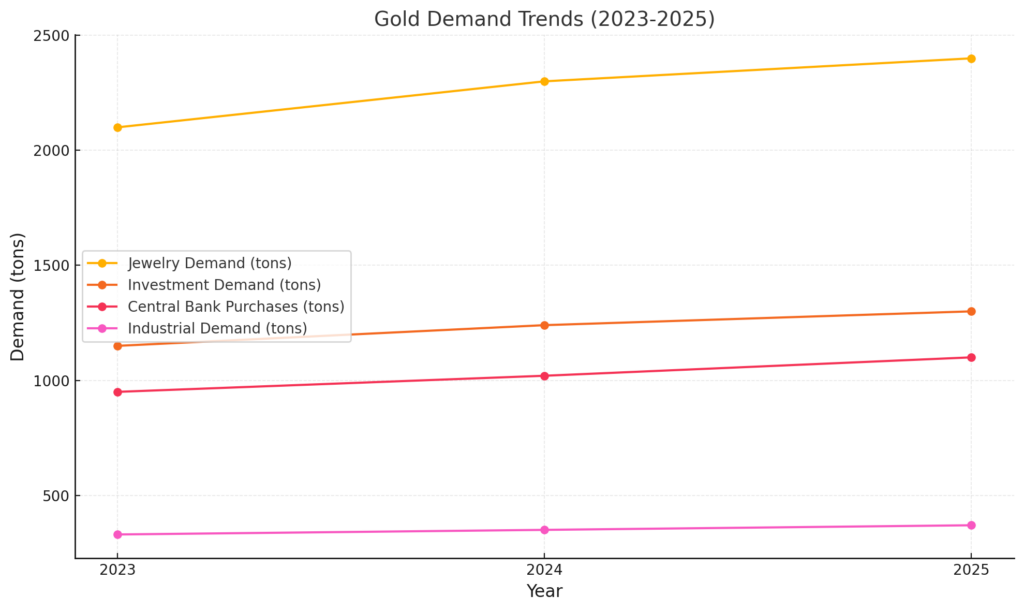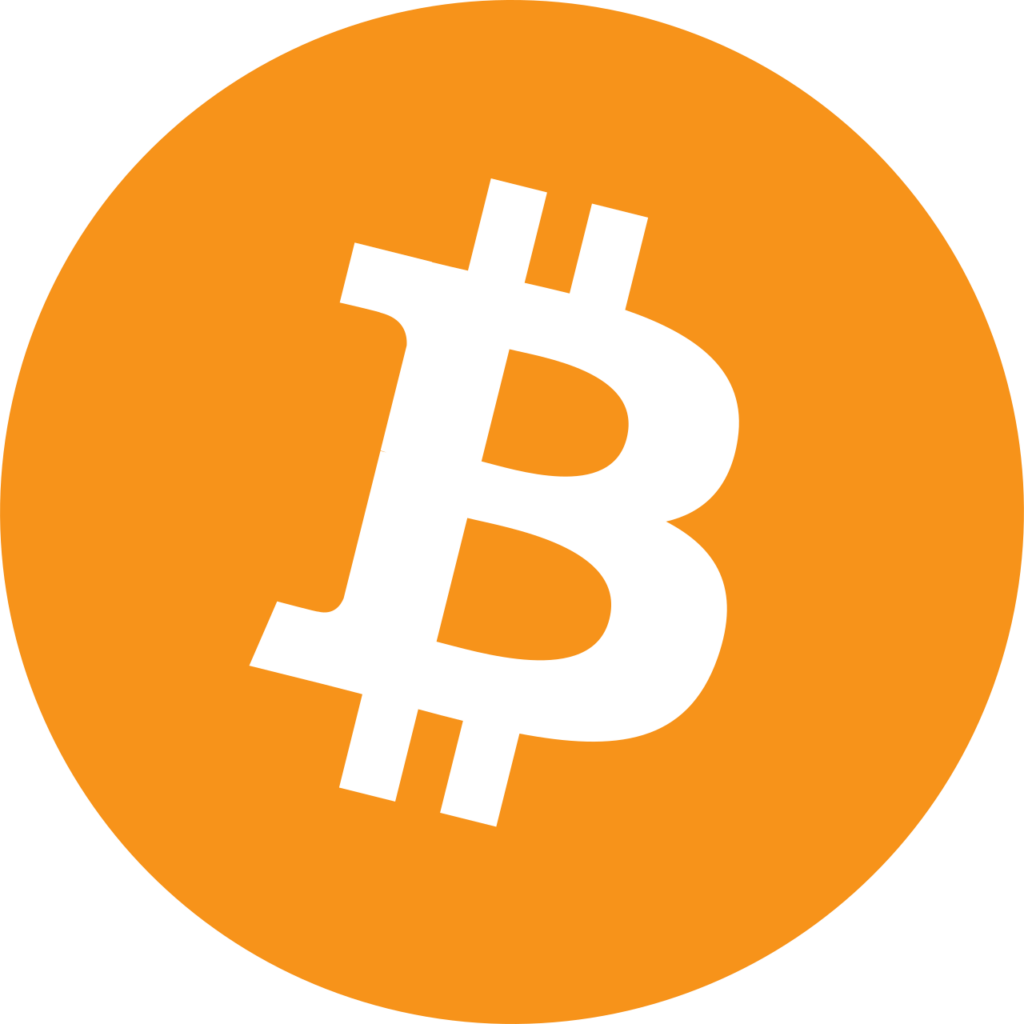double-dip recession are growing louder by the day.
Tag: Gold
Top Mutual Funds That Are Good Bets For 2018
updated 11/21/2024 1. Fidelity ZERO Large Cap Index (FNILX) Expense Ratio: 0% Overview: Tracks a large-cap index similar to the S&P 500, offering broad market exposure at no cost. 2. Vanguard S&P 500 ETF (VOO) Expense Ratio: 0.03% Overview: Low-cost option for S&P 500 exposure with…
Gold Demand

This gallery contains 1 photo →
Getting Started With Bitcoins

This gallery contains 0 photos →
Good Assets to Have During Bad Economic Times
A diversified portfolio should have the followings;
Gold and Cash are essential, Property Flipping for profit, Currency Trading, Property and treasury securities.